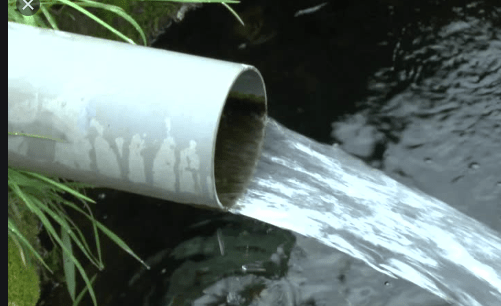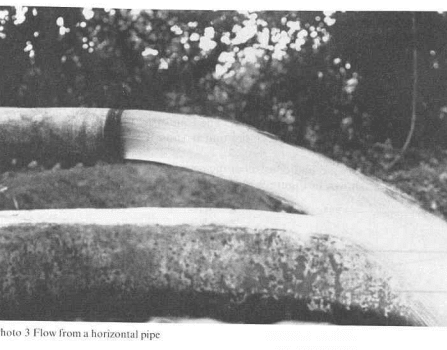SilverRule
Chemical
- May 15, 2020
- 53
Hi Guys,
I've been studying regular fluid flow in pipes (full pipe) fundamentals i.e., pressure drop, flow calcs etc.
I stumbled upon the concept of fluid flow when the pipe is only partially full like perhaps when the pipe is oversized for example. I'm trying to grasp the fundamentals of this flow better but every source online is talking about open channel/conduit situations only with gravity being the primary driver. This is not relevant for me as I'm simply trying to understand it for a horizontal, closed, circular pipe.
1) Are the fundamentals different for this kind of flow? Is pressure differential not the primary motive force in this case? If not, what causes the flow here?
2) Is this considered two phase flow even if the material flowing is just water? I've seen someone call this two phase flow elsewhere. If it IS two phase flow, how so?
3) Does this kind of flow cause any fundamental problems and is to be avoided as a rule of thumb/best practice or is it OK?
4) I'm going through Crane TP-410 and I haven't seen it mention how to do calculations and what formulas to use for this flow unless I missed it. Can you please point me to a source which has this information without confusing it with gravity flow in open channels?
Thank you so much!!!
SR
I've been studying regular fluid flow in pipes (full pipe) fundamentals i.e., pressure drop, flow calcs etc.
I stumbled upon the concept of fluid flow when the pipe is only partially full like perhaps when the pipe is oversized for example. I'm trying to grasp the fundamentals of this flow better but every source online is talking about open channel/conduit situations only with gravity being the primary driver. This is not relevant for me as I'm simply trying to understand it for a horizontal, closed, circular pipe.
1) Are the fundamentals different for this kind of flow? Is pressure differential not the primary motive force in this case? If not, what causes the flow here?
2) Is this considered two phase flow even if the material flowing is just water? I've seen someone call this two phase flow elsewhere. If it IS two phase flow, how so?
3) Does this kind of flow cause any fundamental problems and is to be avoided as a rule of thumb/best practice or is it OK?
4) I'm going through Crane TP-410 and I haven't seen it mention how to do calculations and what formulas to use for this flow unless I missed it. Can you please point me to a source which has this information without confusing it with gravity flow in open channels?
Thank you so much!!!
SR



